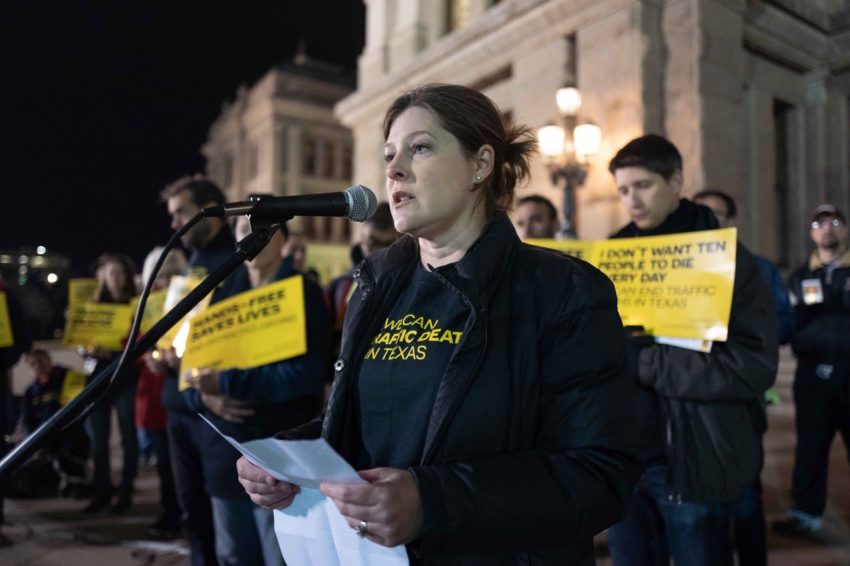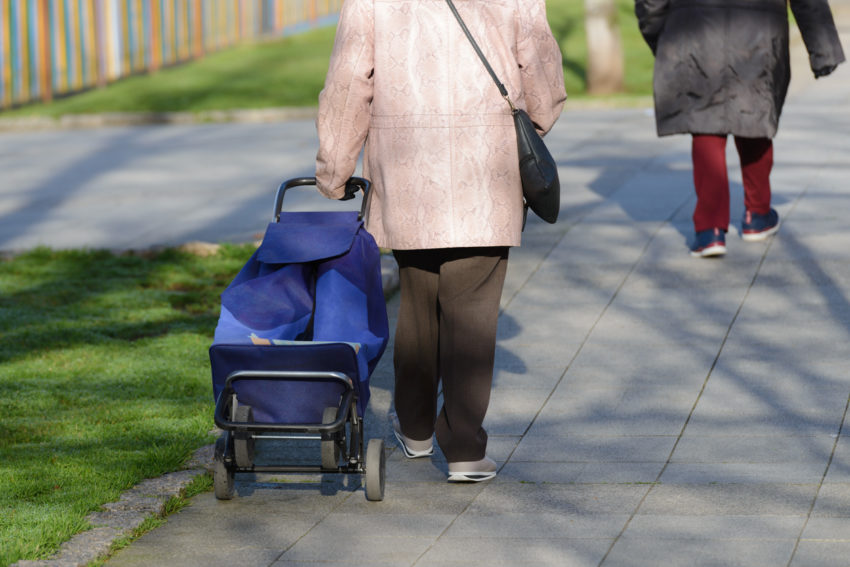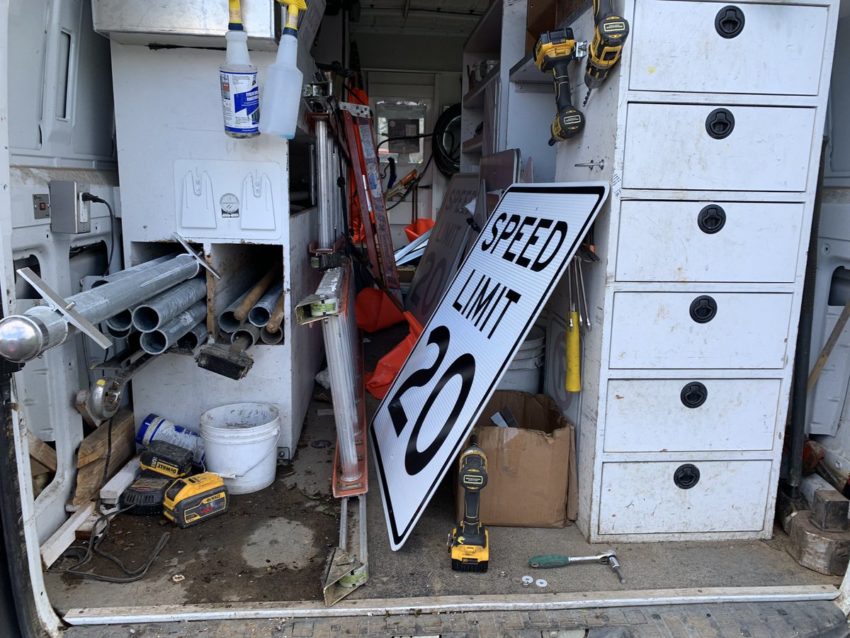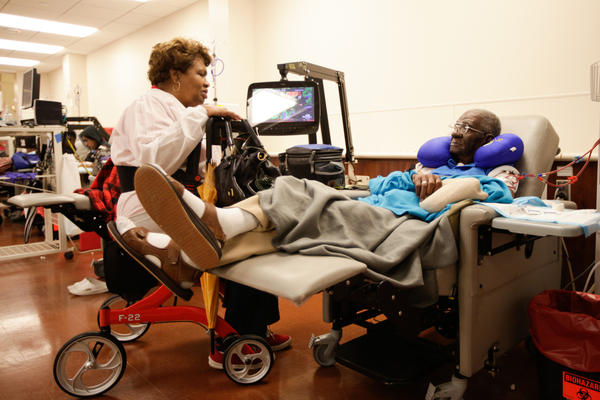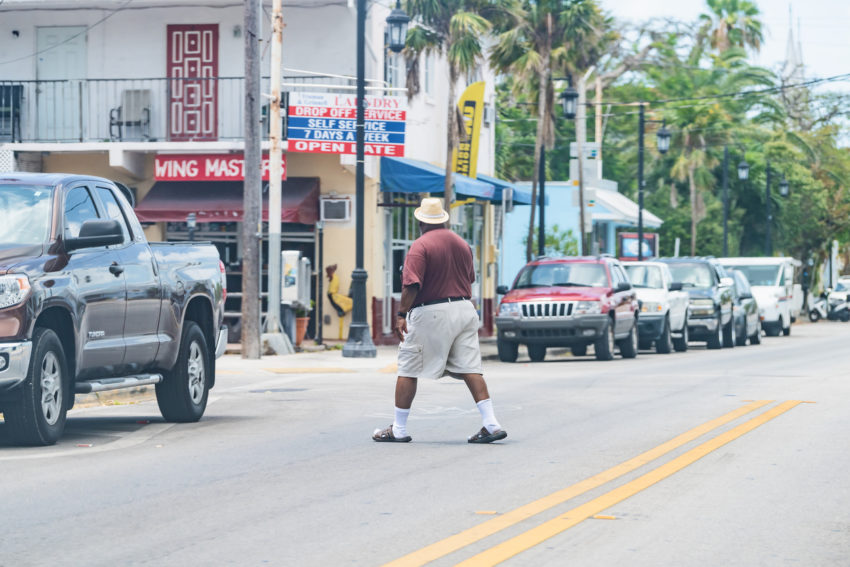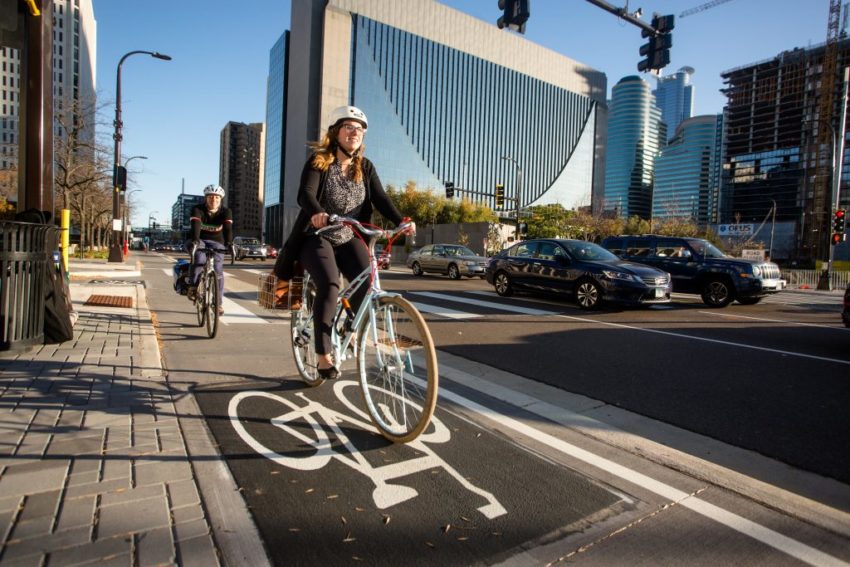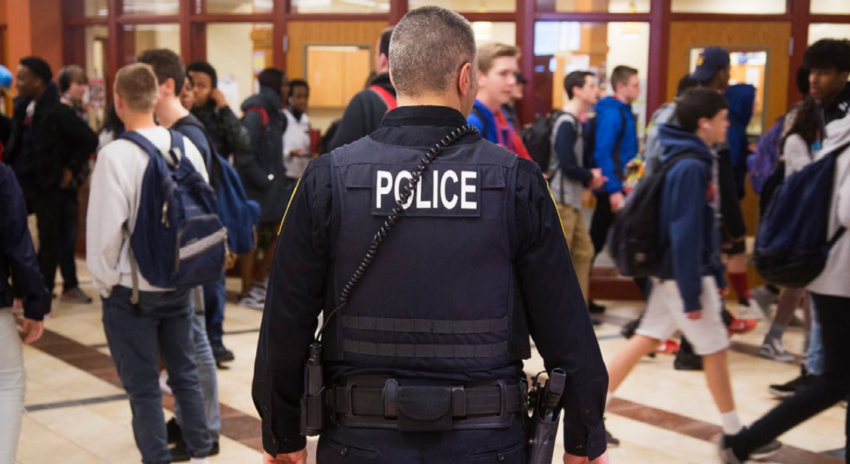15 Examples of Health Involvement in Complete Streets
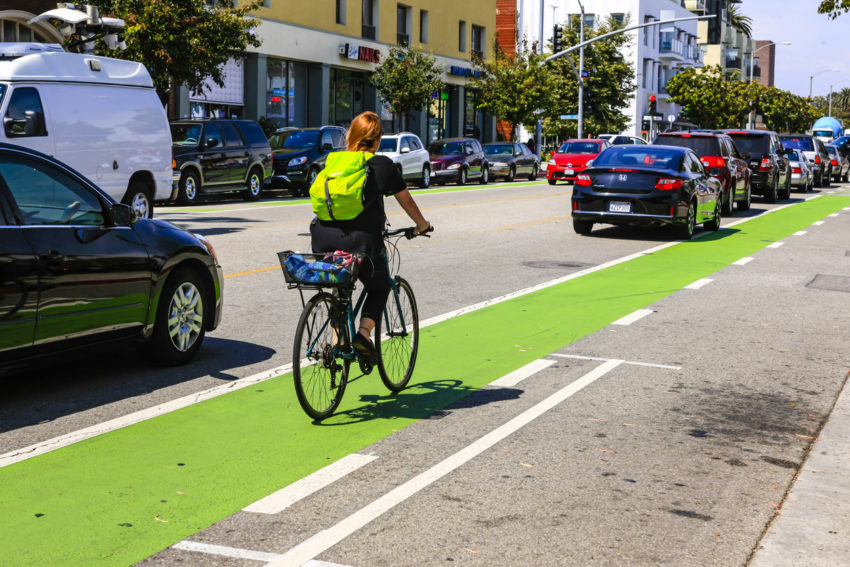
The safety of roads and sidewalks impacts everyone. Although Complete Streets initiatives are traditionally led by a transportation or public works sector, the public health organizations have played a role in communities across the country. A new report from the University of Chicago’s Institute for Health Research and Policy provides key strategies from public health agencies, advocates, and practitioners in 15 U.S. jurisdictions who have engaged in Complete Streets-related initiatives in their communities. Why Complete Streets? Complete Streets initiatives aim to create more equitable transportation systems by providing affordable, convenient, and accessible modes of mobility for all users. This includes individuals who rely on walking, biking, and public transit as their ...
Read More

